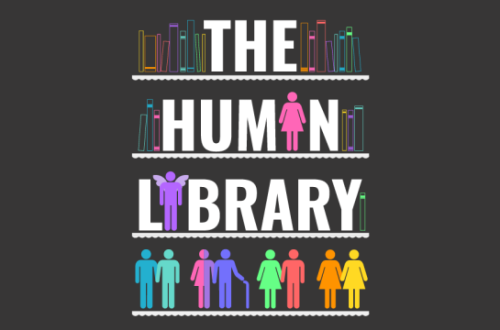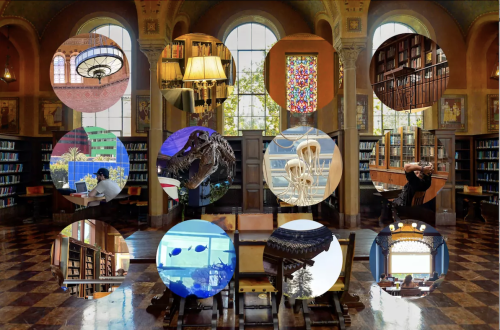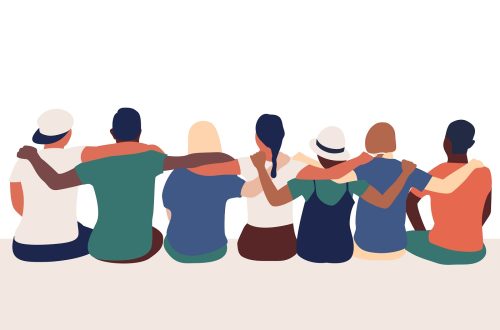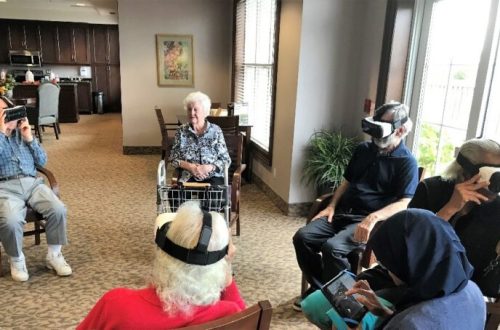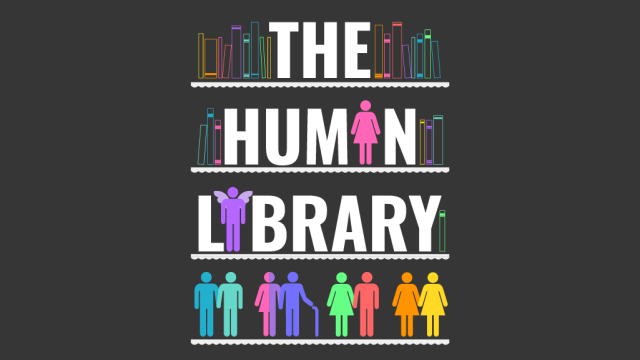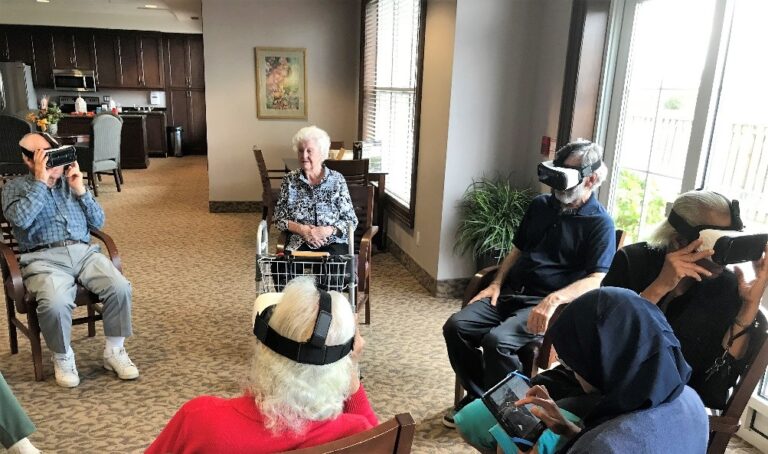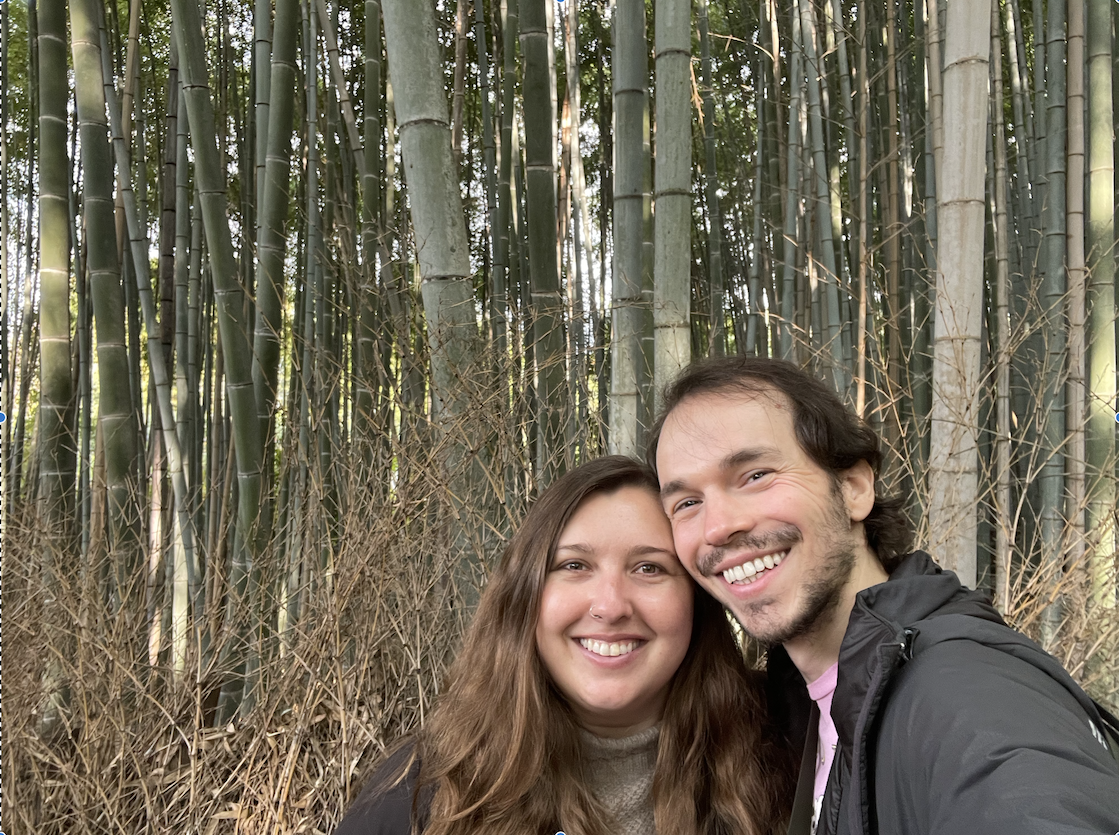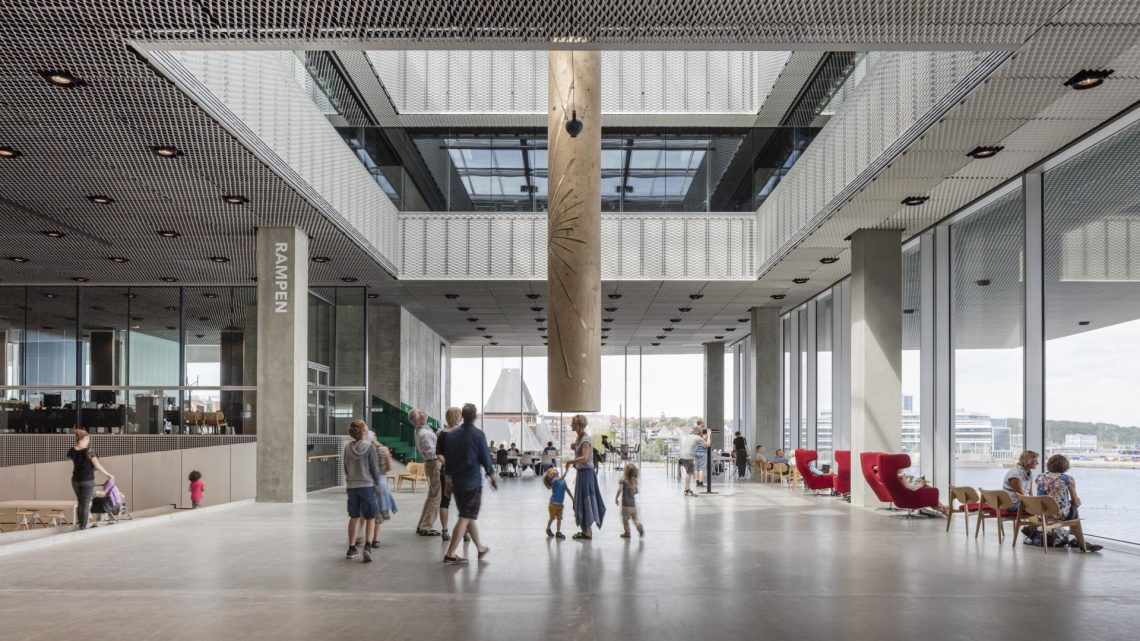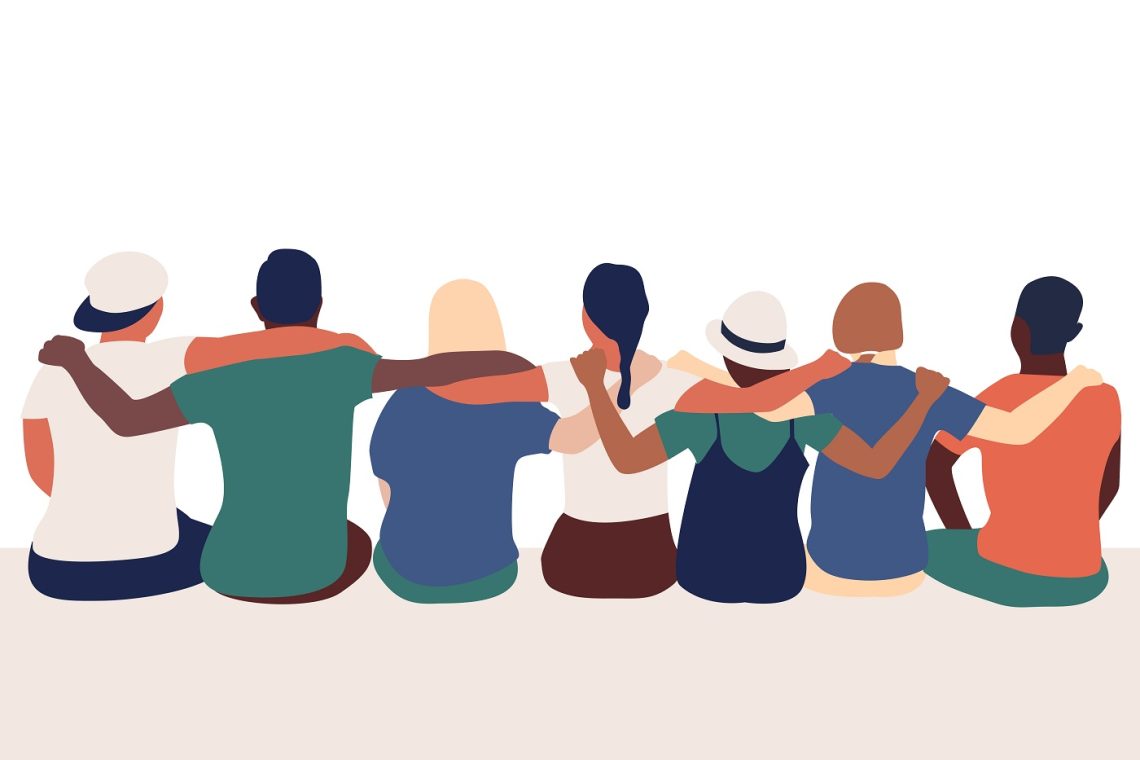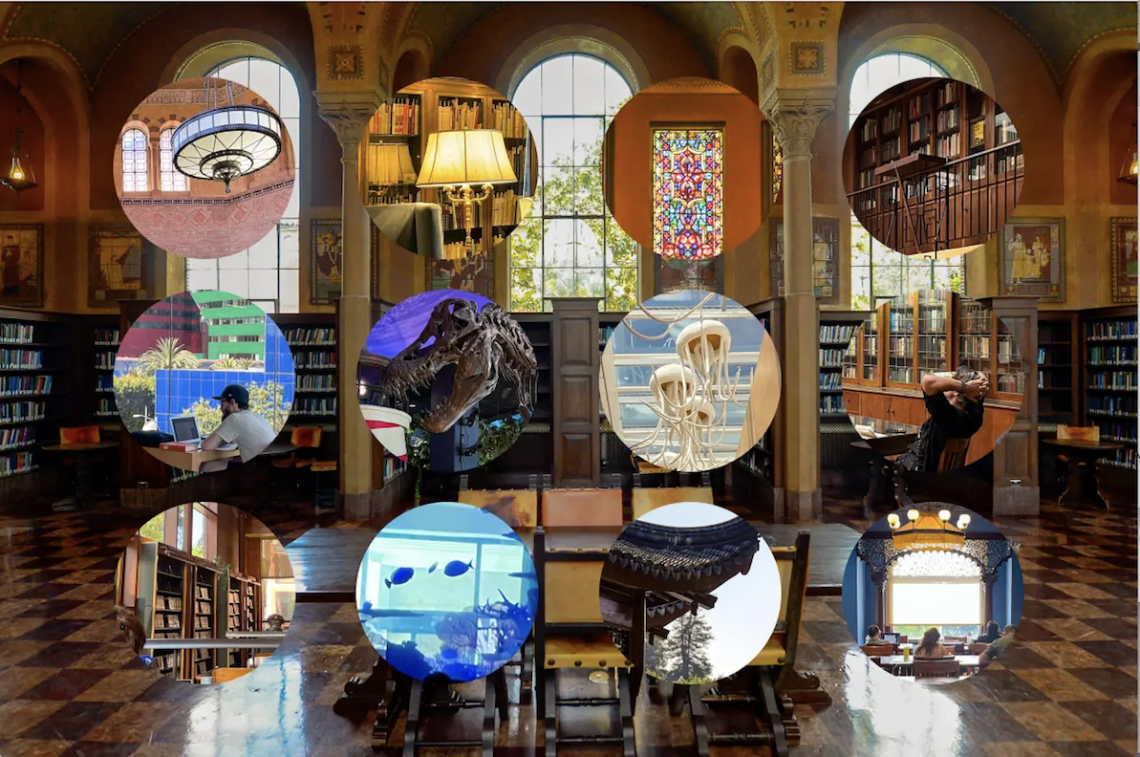HyperLib Posts
-
Reflection Blog: Infinite Learning, Meeting People Where They Are
Today’s classroom has no walls. Instead, learning is fixed into everyday life. In the Infinite Learning: Learning Everywhere module, Michael Stephens emphasizes that the Hyperlinked Library embodies a willingness to meet people where they are. This truly means bringing learning to the people in the ways they find most accessible, whether this is via digital platform, in community centers, parks and spaces, or even the streets. Meeting people where they are can be physical, social, or cultural. It is about recognizing that systemic barriers exist even in democratic spaces like public libraries and creating equitable access. It is about building trust to facilitate learning, as people are more likely to…
-
Inspiration Report: Storyteller-in-Residence
-
Reflection Blog: The Power of Stories is How We Listen
Feature Image Source Libraries are not just the house where stories and information live. They are the windows and the doorways and the cozy fireplace around which we gather to share ourselves. They amplify voices and empower users to give shape to their history and, more importantly, how they see themselves, through storytelling. As the Power of Stories module reminds us, stories have the amazing ability to link us across cultures, experiences, and generations so that we understand the heart of one another and break down walls, especially in times where the world feels so divided. A powerful example of this philosophy is Vancouver Public Library’s Indigenous Storyteller in Residence…
-
Reflection Blog: The Library of the Future is Here, and it’s Virtual
Feature Image Source: Senior VR Group, Milton Public Library In Module 8: Rethinking Library Service for a Connected World, Michael Stephens emphasizes the need to rethink traditional library services to meet the ever-changing needs of the community. There is a need for new models of service that foster curiosity, equity, and life-long learning. After all, libraries are whatever the community needs, when it needs it. The Anythink Staff Manifesto upholds and empowers staff as: “the gateway into the mind of the idea people who come to our facilities to find or fuel a spark”. I love this idea of library professionals as the gateway: to new ideas, to curiosity, and…
-
Innovation Roadmap: HeartLine
Feature Images Source: Canva The Idea San Francisco Public Library (SFPL) will establish a free video visitation program, titled HeartLine, to enable families, especially children, to connect with loved ones who are residing in correctional or detention facilities. The HeartLine will provide 1-hour scheduled video calls hosted in former study rooms, equipped with secure audio-visual connection, in partnership with local institutions. The SFPL will create child-friendly environments with books, toys, and sensory comforts to foster connection and safety. The core goals of this program are to strengthen family connections, reduce emotional stress caused by separation, promote literacy efforts between children and incarcerated parents, and support reentry outcomes. Target users include…
-
Reflection Blog: Your Neighborhood’s Living Room – The Library as Third Space
Feature Image Source: The Gong at Dokk1, which is is connected the maternity ward in Aarhus. Parents can ring The Gong when their new baby is born. In 1931, S. R. Ranganathan, father of library science in India, famously theorized five laws of library science: Books are for use. Every reader his/her book. Every book its reader. Save the time of the reader. The library is a growing organism. Today I would propose a 6th law: Every person their library. The library represents an important third space in modern communities. The third space is a place that is neither work nor home, a neutral space where a person can connect…
-
Reflection Blog: The Library can’t Be Everything – but it can Connect Everyone
In his article Healthy Library, Healthy Life, Cory Greenwood of State Library Victoria introduces a toolkit which helps libraries to identify the most urgent needs of their communities and their own institutional skills gaps (2023). This toolkit serves as a catalyst for building and fostering partnerships to bridge the gap and connect library users with wellbeing organizations. This is referred to as addressing the “whole person”. That is, creating a holistic, hyperlinked system of care, always with humans at the center, to address all of the factors that go into their well-being: housing, transportation, social isolation, health and mental health care, food security, and more. Libraries, first and foremost, support…
-
Assignment X: Reimagining Library Space (with Heart)
Cover photo: (Los Angeles Times photo illustration; Photos by Deborah Netburn/Los Angeles Times, USC) I’ve been thinking about space. Not just the physical layout of a library, but something closer to the heart. What is space in the library and how do we define it? More importantly, who gets to define it? In his essay “Age of Participation” Michael Stephens (2016) recounts a story about a museum in India that invited community members to curate exhibits made out of their own personal items. Imagine learning about your neighbor through the artifacts of their identity; imagine knowing your neighbor as art. This is creating human-centered services: a model that not only…
-
Hi, I’m Chandler
Hello, @michael and my HyberLib classmates! My name is Chandler and I am about 2 years into my MLIS. I am hoping to become a librarian at one of my many local public libraries in the next couple of years, although I am also taking courses in academic librarianship as well to explore the possibility. This seminar in particular interested me because we live in a time of such fast-paced technological advances, and technology only makes libraries stronger by connecting users to new and evolving services. I love the idea of participatory services in which users get to help identify what they need and want, re-centering the library’s purpose as…

